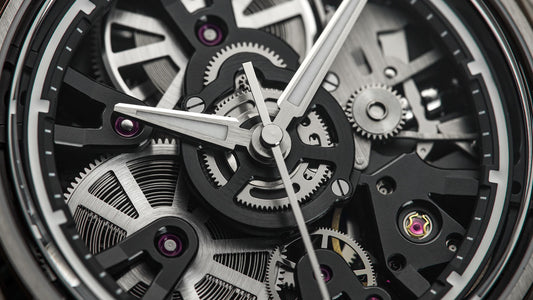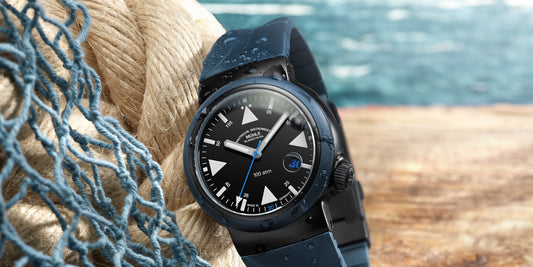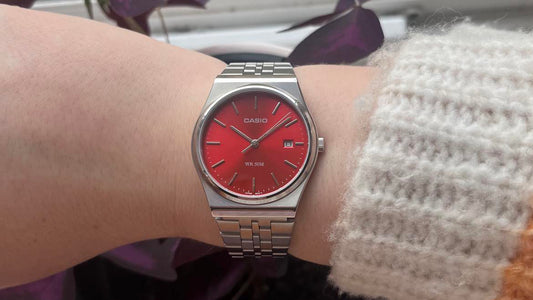A good watch becomes a friend, often your only companion on many trips; its reliability and versatility being substantial assets to the adventurer/explorer. Looking at a watch review on YouTube some time ago I spotted a short video on how to use a dive watch bezel. This, as you’re no doubt aware, brought up others on the same theme. Most stated that you align the triangle/pip with the minute hand on starting your dive and then read the time that has elapsed directly on the bezel to measure your time underwater. One even thought that it measured how much 'oxygen' you’ve used! Oxygen! Dear, oh dear, oh dear!
While planning the next adventure in the dryness of my office I thought that I'd just pen a few words on the subject.
 Dive Bezel - Credit WatchGecko
Dive Bezel - Credit WatchGecko
- Regular price
- £68.00
- Regular price
-
- Sale price
- £68.00
- Unit price
- per
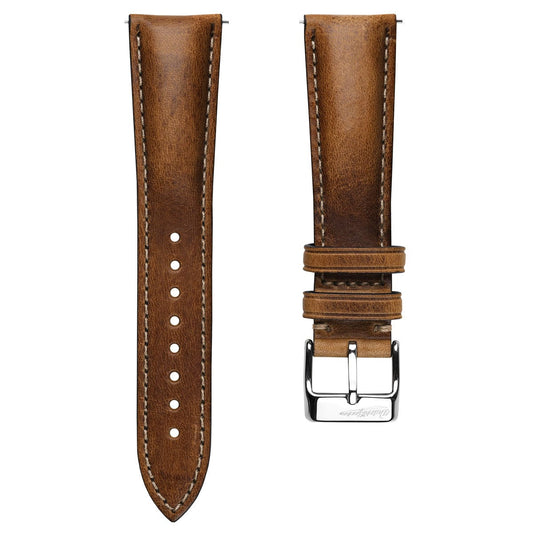
- Regular price
- £68.00
- Regular price
-
- Sale price
- £68.00
- Unit price
- per
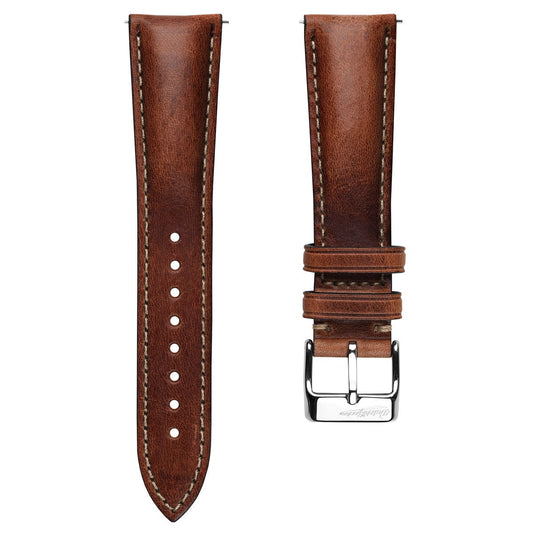
- Regular price
- £68.00
- Regular price
-
- Sale price
- £68.00
- Unit price
- per
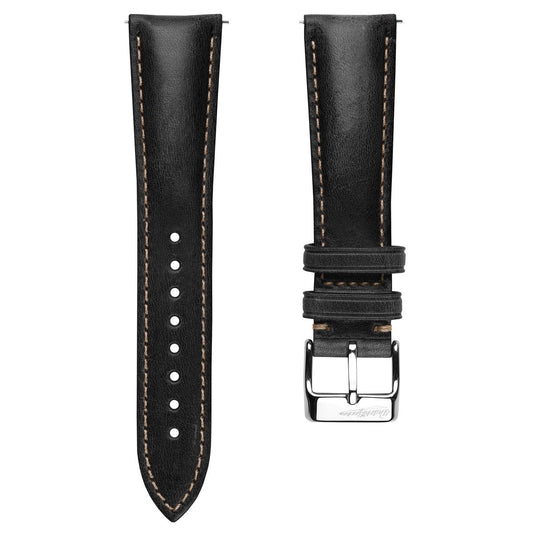
All Good Information?
Let’s look a little more closely at the bezel itself. The bezel on a dive watch is generally referred to as an ‘elapsed time bezel’ but this has a few features that set it apart from a normal elapsed time bezel. The first is that at the 12 o’clock marker (usually a triangle) there is a luminous 'pip' or 'marker' so that it can be seen in darkness. Another feature is that it should be uni-directional; this means that it will only rotate in one direction, and this rotation is always counter-clockwise! The reason for this is safety; should you knock the bezel whilst diving you can only reduce your ‘bottom time’, never increase it. The final feature offers a clue as to its correct use when diving, and it's how the first 15 minutes are marked! These are often in red and marked in minute intervals; after the first 15 minutes the vast majority of dive watches tend to be marked in 5 minute intervals.
Deep saturation watches tend to be graduated in minutes all the way around, more often than not with no red quadrant. This is because 'bottom time’ and 'safety stops' don't really exist for the saturation divers as they remain at that depth or ‘saturated’ even when they’re on the surface in the pressure chamber. The purpose of a watch for them is little more than a way of timing a specific task or seeing how long it is to the end of their normally quite arduous shift.
An Age Issue?
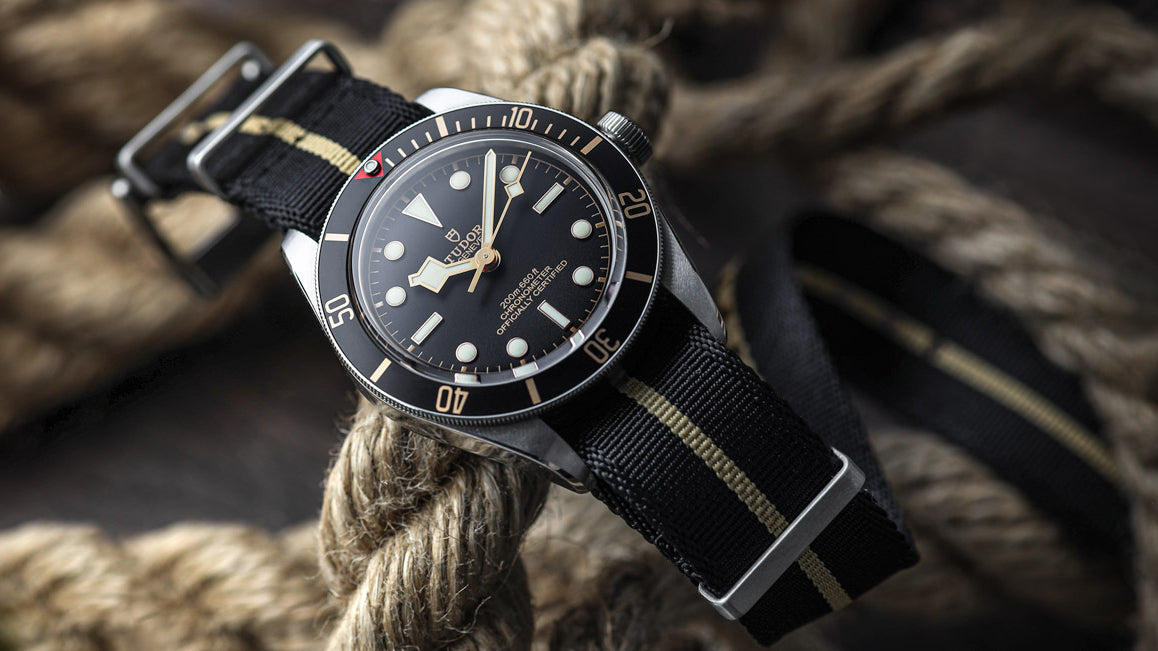 Dive Bezel - Credit WatchGecko
Dive Bezel - Credit WatchGecko
ZULUDIVER 1973 British Military Watch Strap: ARMOURED RECON - Classic Bond, Polished
- Regular price
- £12.00
- Regular price
-
£24.00 - Sale price
- £12.00
- Unit price
- per
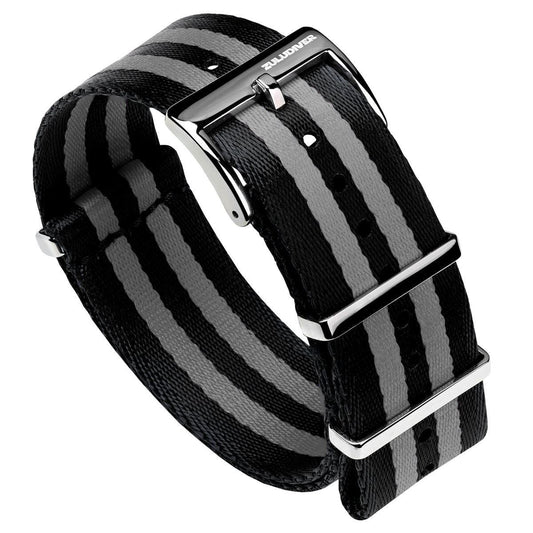
ZULUDIVER 1973 British Military Watch Strap: ARMOURED RECON - Military Black, Polished
- Regular price
- £12.00
- Regular price
-
£24.00 - Sale price
- £12.00
- Unit price
- per
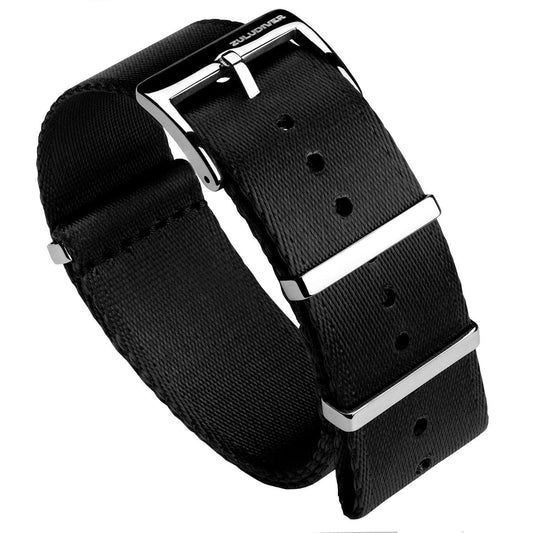
- Regular price
- £12.00
- Regular price
-
£24.00 - Sale price
- £12.00
- Unit price
- per
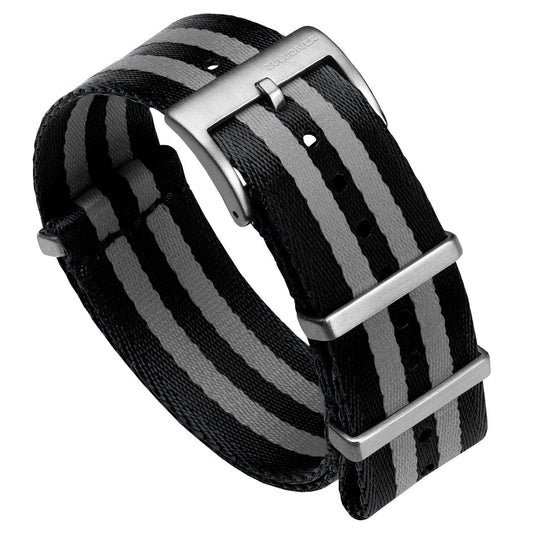
The old saying 'There are old divers, and there are bold divers, but there are no old, bold divers.' refers to the fact that taking risks underwater will, almost certainly, catch-up with you eventually. One of the main risks was, and still is, overstaying your planned ‘bottom time'. For the non-divers that may find themselves reading these ramblings, 'bottom time’ is defined as the time from the start of your descent to the start of your continuous ascent to the surface or safety stop in recreational, no-decompression diving.
Bottom Time and its Importance.
We’re in danger here of turning this into a diving lecture! Before dive computers, the way we used to work out our bottom time was by using a dive table. Many of us still do this before a dive today just for additional information, but dive computers continually update your body’s on-gassing and off-gassing, updating your remaining bottom time continuously. The dive tables give what’s referred to as a ‘square’ dive profile and your dive was conducted using your planned depth from the table, the maximum bottom time corresponding to that depth and your watch. The importance of not exceeding your bottom time cannot be overstated; even a minute or two can be disastrous under certain circumstances. Another old saying 'Plan the dive and dive the plan.’ harks back to this earlier time.
Back to the Bezel!
 Spring Time GMT - Credit WatchGecko
Spring Time GMT - Credit WatchGecko
As any diver will tell you, your time underwater seems to go much faster than normal, and there are certain conditions when diving such as nitrogen narcosis that may affect how ‘switched-on’ you are at depth. If we’re diving to a depth of 30 metres our bottom time, (if memory serves) is 20 minutes on the PADI recreational dive planner (RDP). If you set the triangle/pip on the bezel to the minute hand at the start of your descent you have to ‘remember’ that you have a bottom time of 20 minutes. 20 minutes is an easy one but many are not as easily remembered, take 22 metres for instance, the bottom time is, I think, 37 minutes; you could write it on a slate if you wish but why bother, the bezel will do it for you! If you subtract your bottom time of 20 minutes from 60 minutes, leaving 40 minutes, and then set the 40 minute mark on the bezel to your minute hand, you don’t have to remember anything!
Once the minute hand reaches the triangle/pip you start your ascent. You will now notice that exceeding this marker will take you into the red zone (although you're unlikely to see the colour at depth unless you shine a torch on it). This zone is marked in minute intervals as each minute is vitally important and will assist with your safe ascent to the surface or, in the case of your 30 metre dive, a mandatory safety stop at 5 metres for 3 minutes, again using the minute markings. For a 22 metre dive: 60 minutes - 37minutes = 23minutes. Set the bezel to 23 minutes and dive until the minute hand reaches the triangle/pip. This is why the triangle/pip is luminous! In the event that it has to be read in total darkness there is no thinking or guessing to be done.
So when do we Align the Triangle/Pip with the Minute Hand?
This is when we use the bezel for timing how long we’ve been parked or how long our pasta has been boiling.
Joking apart, it’s these little things that often become lost as time passes. I know many younger divers that only dive with a computer! I dive with a computer, but always wear my dive watch and have a mini dive table in my B.C.D. pocket attached to a cord, so that I'm able to improvise in the unlikely event that an emergency, such as a computer failure, forces a change of plan upon me.


